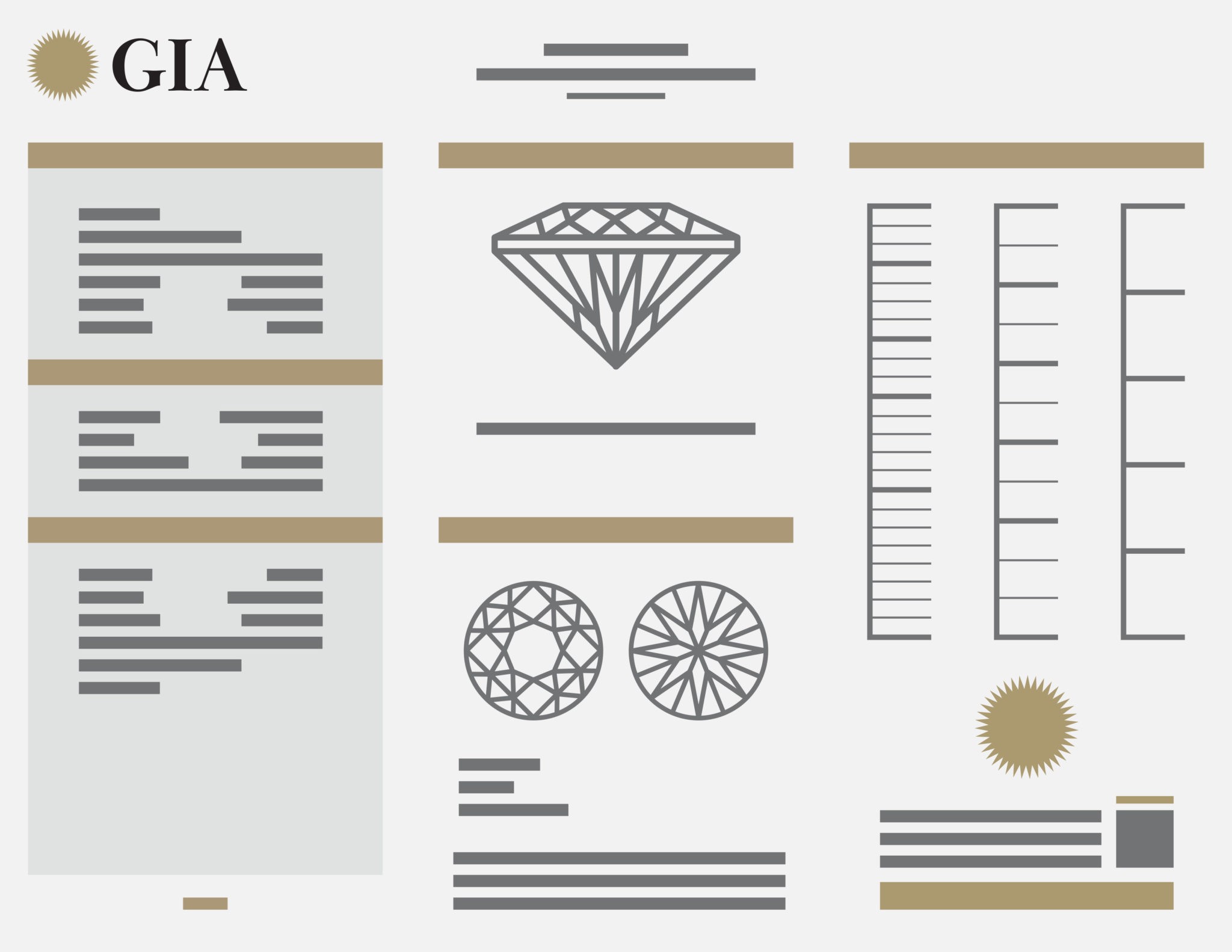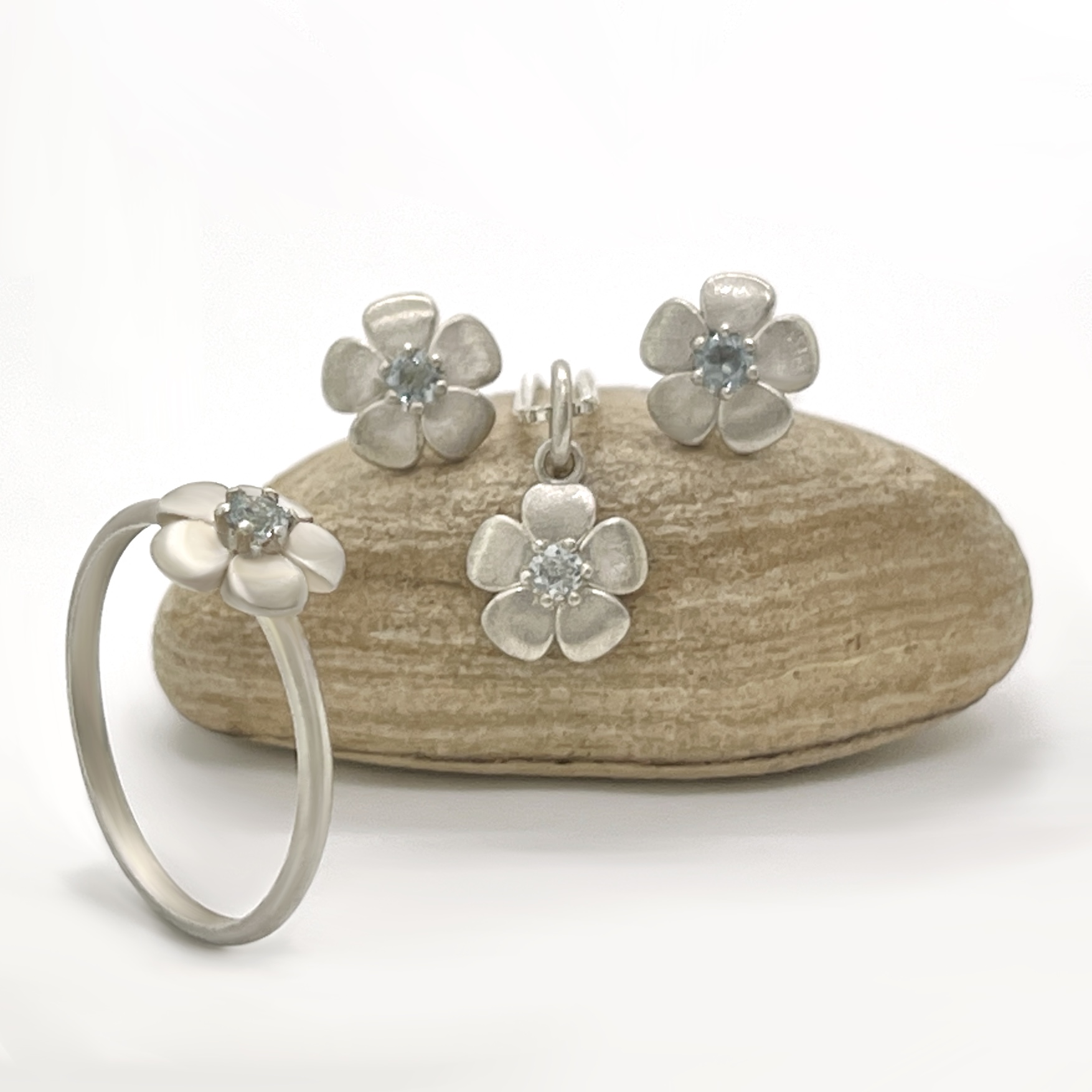Diamond Info, General
What is the Difference Between an Appraisal, a GIA Certificate, and my Laurie Sarah Certificate of Authenticity?
In this blog I will explain a little bit about the following:
- What is an Appraisal?
- What is a GIA Certificate?
- What is a Laurie Sarah Certificate of Authenticity?
- Why would one sometimes differ from another?
What is an Appraisal?
An appraisal is an official document produced and signed by a Certified Appraiser. A Certified Appraiser is someone who has gone through intensive study and training by an Accredited National Appraisal Organization such as GIA. They would be able to produce proof of this by diplomas on their wall etc. A good Appraiser has to receive constant continuing education as to the current value of various gemstones. For example, when Tanzanite was first discovered, it wasn’t very expensive. But once the mine started to run out of new material, the value of Tanzanite jumped. A good appraiser keeps on top of things like this.
A good Appraiser also recognizes the value of Custom Design, as well as Brand Recognition. When evaluating your Laurie Sarah Jewelry, knowing that many Laurie Sarah pieces are on the hands of celebrities etc would influence their evaluation.
A jewelry salesman is NOT an Appraiser. They may give their opinion, but unless they can show proof of Appraisal Certification, it is just their opinion.
Here is an example of a genuine Appraisal (we’ve removed all personal info for privacy sake):
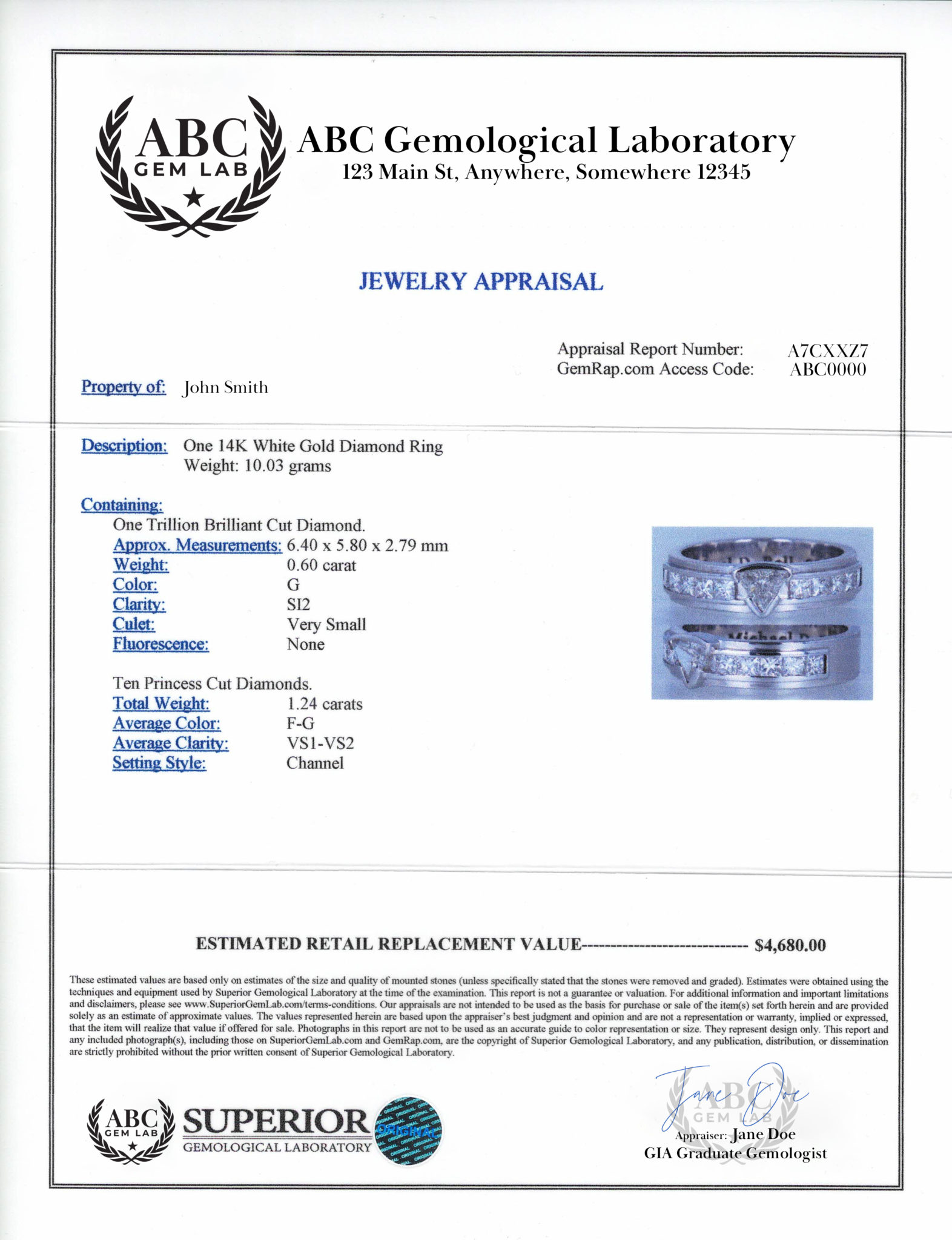
What is a GIA Certificate?
GIA (Gemological Institute of America, Inc) is recognized by the world as the “Top leading source of knowledge, standards, and education in gems and jewelry.” Their words – their website is a fascinating, never-ending source of incredible knowledge of diamonds and colored stones! Check it out! GIA’s Website
Now there are other Certification companies. EGL is another reputable company. All others are not so widely recognized by the jewelry industry.
So why do some diamonds and gemstones come with GIA Certificates and others don’t? In our experience, there are two main reasons.
- Verification that what you’re being sold is what you’re getting. If you are spending any amount of money on a diamond or gemstone, it’s nice to have that added security that “what you paid for is what you got”. So in general, if you’re buying a white diamond of a larger size, or a ruby, emerald or sapphire of any value, it’s nice to have an independent company telling you what you have. That being said, GIA does not give you the value of your stone. They will simply state what the gemstone is, if there is any indication of treatment, and in some cases where it came from
- Increase in resale value. If you anticipate wanting to sell your piece in the future, a GIA certificate adds to the value of your jewelry.
So why not get a GIA certificate on all stones, big and small? Well, again – 2 reasons:
- Cost. It can cost anywhere from $150 to $350 and more to certify one stone depending on what you want the certificate to say. So you can imagine how much this would add to the cost of your ring if you had 100 tiny little diamonds on it. It can be done, but that’s a lot of money! If you choose a reputable jeweler like Laurie Sarah Designs and you trust them, you know that if they tell you all the little diamonds are real, they are. No need to spend thousands of dollars on GIA.
- Many of our morganite customers have asked for GIA certification on their morganites. While it can be done, the cost usually outweighs the value of the morganite making it not worth it. Besides that, with colored gemstones like Morganite, Amethyst, Citrine etc – all the less expensive colored gemstones – GIA’s report will only state that it’s real. On gems like these, they don’t give origin (see this BLOG as to why) treatment or any other information. So in general, clients don’t find it worthwhile to have a GIA certificate on gems like these.
Here is a sample of one our the gorgeous Padparadscha Sapphires that has come through our collection – it was worth it to have a GIA Certificate on this beauty to verify where it came from (Origin) and that it was indeed a Padparadscha Sapphire – one of the rarest types of sapphires. Having this Cert gave much more value to the sapphire:
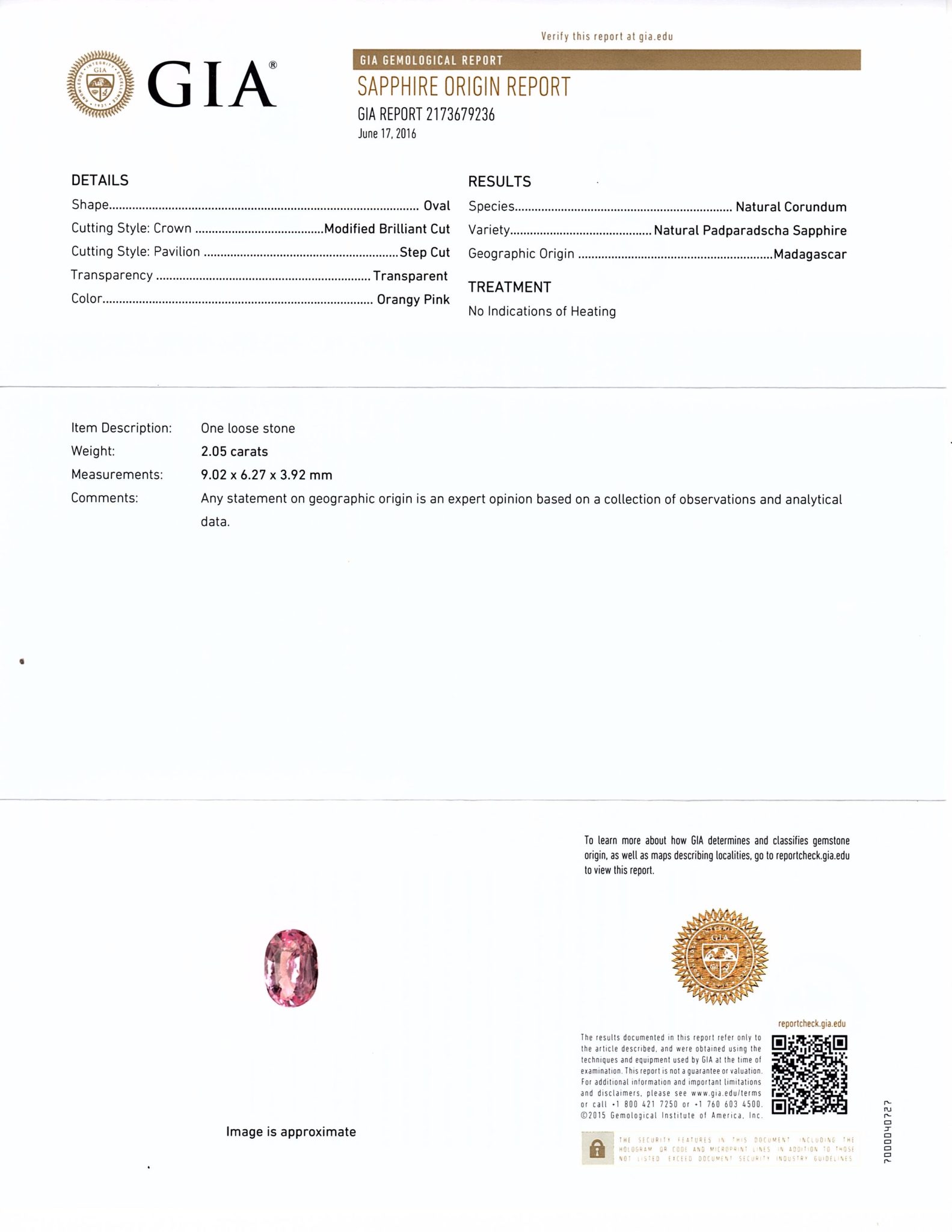
What is a Laurie Sarah Certificate of Authenticity?
With each order, we include our Certificate of Authenticity. This piece of paper is our guarantee to you that what you purchased is what you got. We will put the LS#, title and full description of the item, pictures of it, and what you paid for it. This Certificate has all the information that most Homeowner’s or Jewelry Insurance Companies require in order to insure your piece for what you paid for. Here is an example:
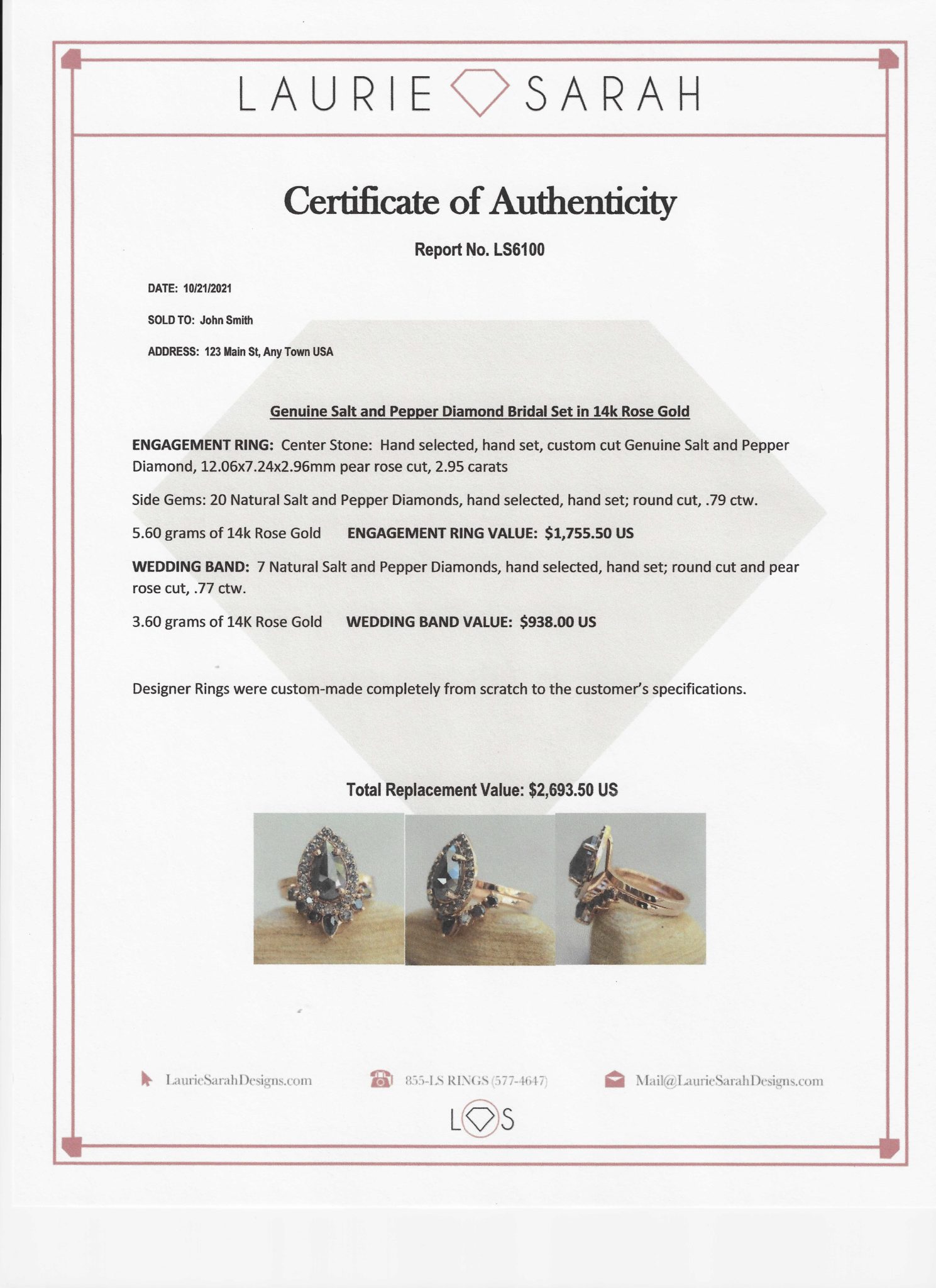
Why would one sometimes differ from another?
So every once in a while, our Certificate of Authenticity might differ from what an Appraiser says. One example is in value. An Appraiser sometimes isn’t up to date on something like Morganite value. Or perhaps he decides not to take into consideration that your jewelry was custom made from scratch. There are expenses involved in that that he may not include in the value.
If you receive conflicting information, or have any questions as a result of differing information, know that my husband and I are here to help. We take the accuracy of what we sell and our reputation VERY seriously and take excellent care of each and every one of our valued clients.
